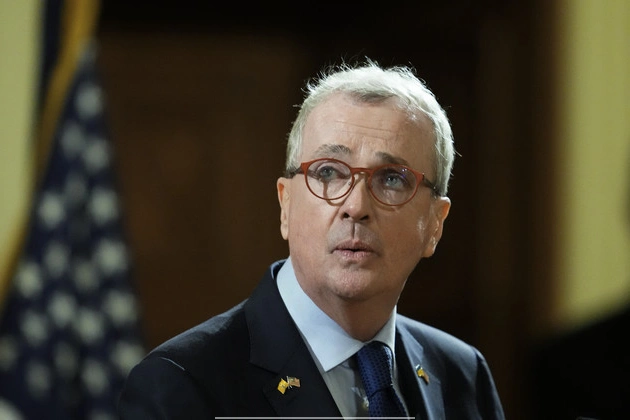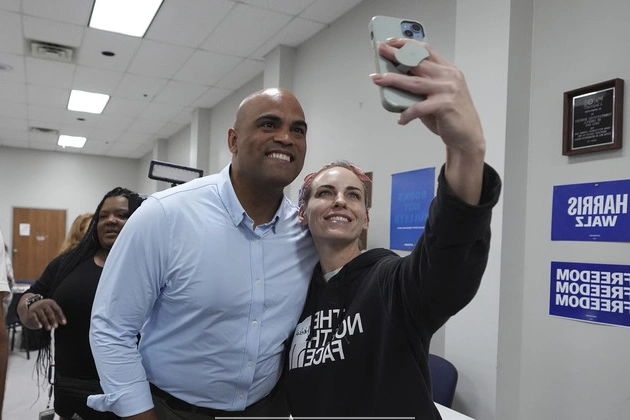
A wave of mass firings at the Department of Transportation (DOT) under the Trump administration has raised significant safety concerns among employees. Despite assurances from administration officials, the terminations have affected key individuals working on preventing highway deaths, pipeline leaks, impaired driving, and more.
Contradictory Claims and Real Impact
While the administration claims the firings target bloat and waste, employees reveal a different reality. The dismissals have hit critical safety-focused roles, including researchers, inspectors, and safety advocates, casting doubts on the prioritization of public safety.
One of the most alarming aspects is the termination of individuals responsible for investigating and preventing pipeline leaks and explosions, posing risks to millions of miles of pipelines. The impact on agencies like the National Highway Traffic Safety Administration (NHTSA) is also concerning, with a notable percentage of its workforce being let go.
Upholding Safety Amidst Downsizing
Transportation Secretary Sean Duffy’s assertions that the fired employees were non-critical to safety have been met with skepticism. The importance of roles within agencies like the Federal Aviation Administration (FAA) and NHTSA in ensuring public safety cannot be overstated.
Despite claims that safety operations won’t be compromised, the removal of key personnel raises questions about the administration’s commitment to safety. Safety advocates outside the government echo these concerns, emphasizing the critical role DOT employees play in safeguarding Americans on the roads.
Implications for Road Safety Research
The impact of these terminations extends to research initiatives vital for crafting effective safety regulations. The loss of expertise at DOT’s research arm, the John A. Volpe National Transportation Systems Center, is particularly worrisome, given its diverse transportation-focused projects.
Individuals studying road safety measures, electric vehicle technology, and accessibility for persons with disabilities have been abruptly removed, leaving behind crucial work that ensures the safety and efficiency of transportation systems.
Concerns and Consequences
The abrupt nature of these firings and the lack of transparency surrounding the criteria for terminations have created a sense of turmoil among remaining DOT employees. The strain on mental and physical health, coupled with the increased workload due to staff reductions, paints a bleak picture of the current environment.
The uncertainty of further terminations adds to the stress, making it challenging for employees to plan and execute projects effectively. The morale within the agency has taken a hit, with many questioning the leadership’s commitment to safety and the well-being of its workforce.
Looking Ahead
As the DOT navigates through these turbulent times, the need for vigilance in upholding safety standards remains paramount. The voices of safety advocates, former employees, and concerned individuals highlight the critical need to prioritize safety over cost-cutting measures.
Ensuring that safety remains at the core of transportation policies and practices is essential in safeguarding the lives of Americans on the roads. The impact of these terminations serves as a stark reminder of the intricate link between research, regulation, and public safety in the realm of transportation.











